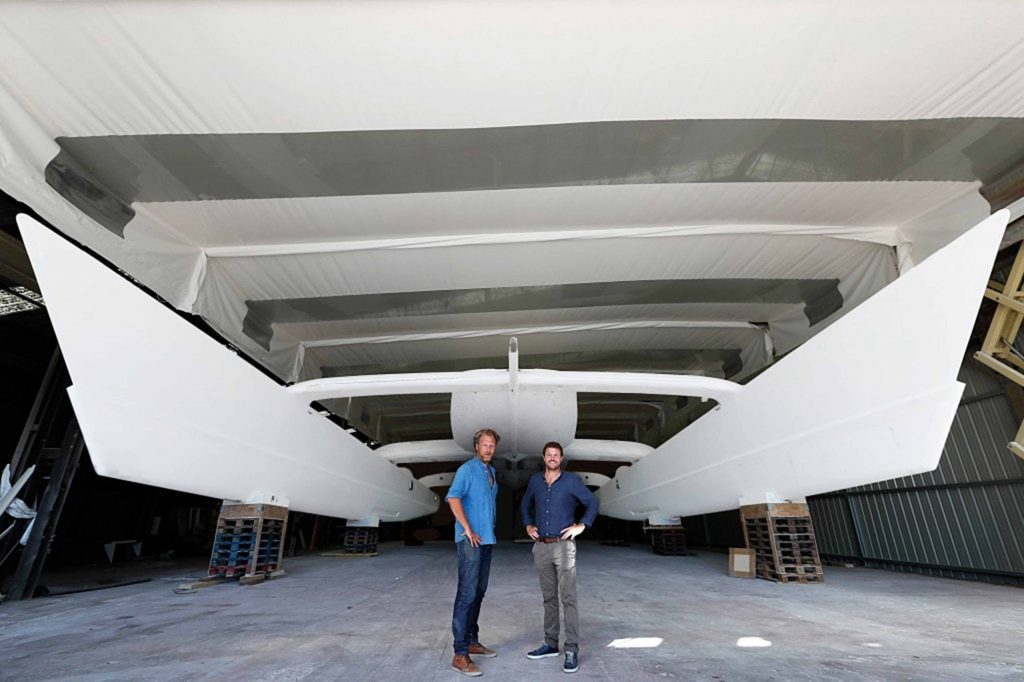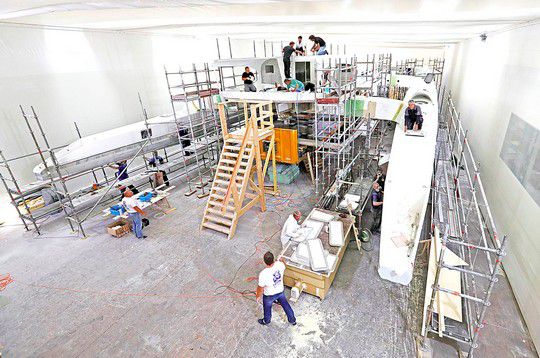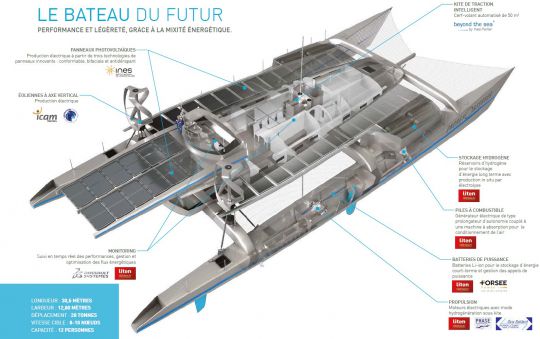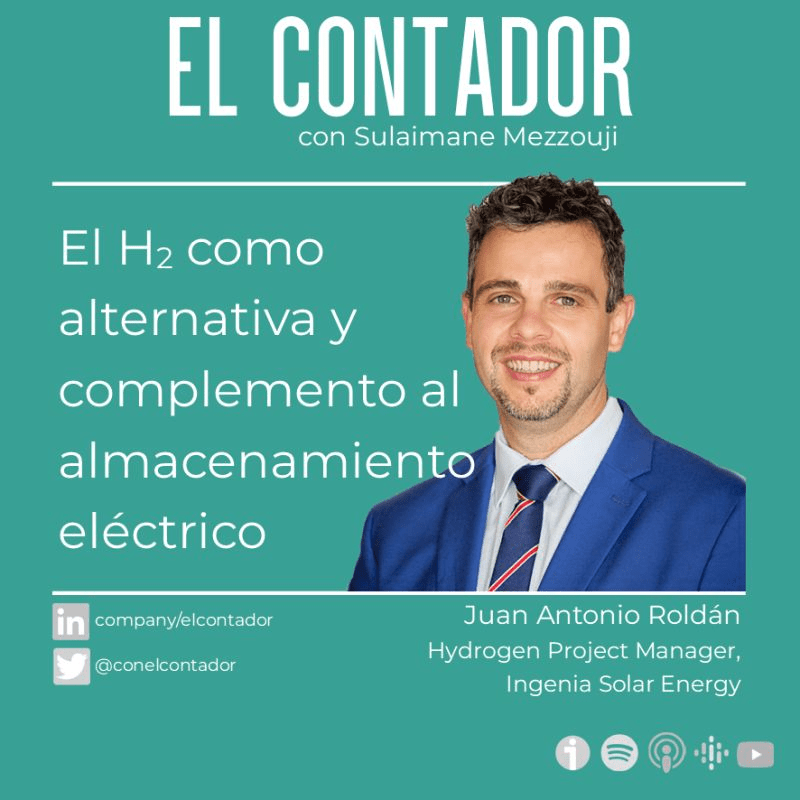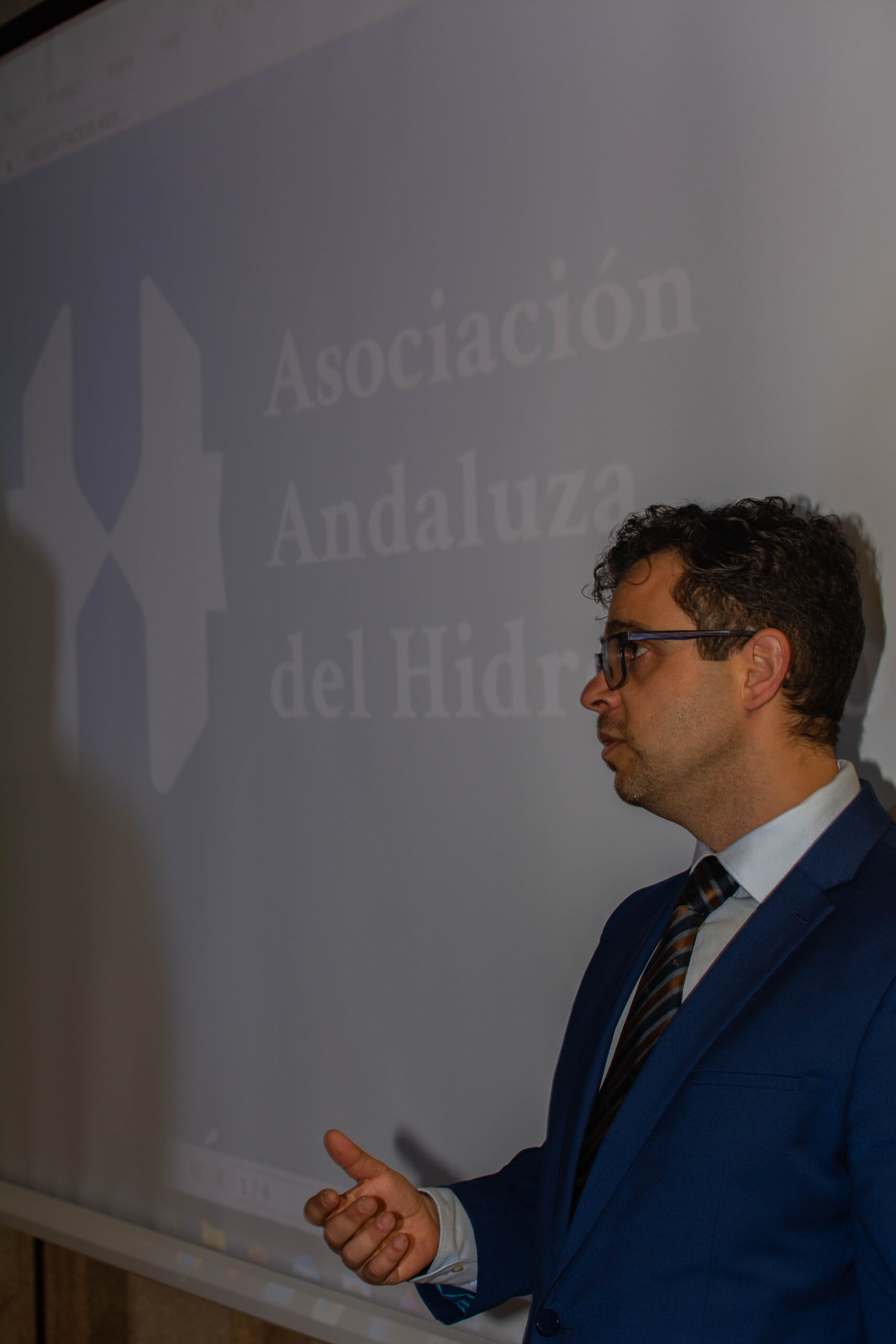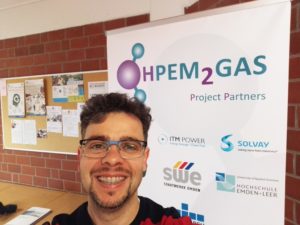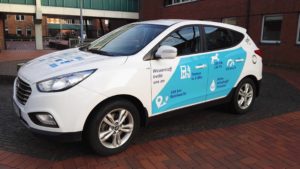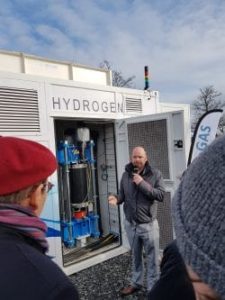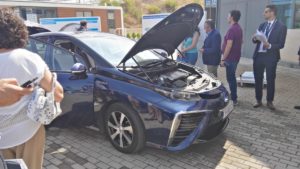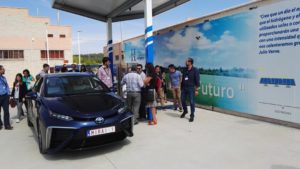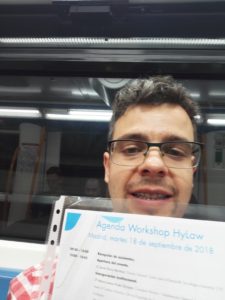The world’s first hydrogen-powered sailing ship
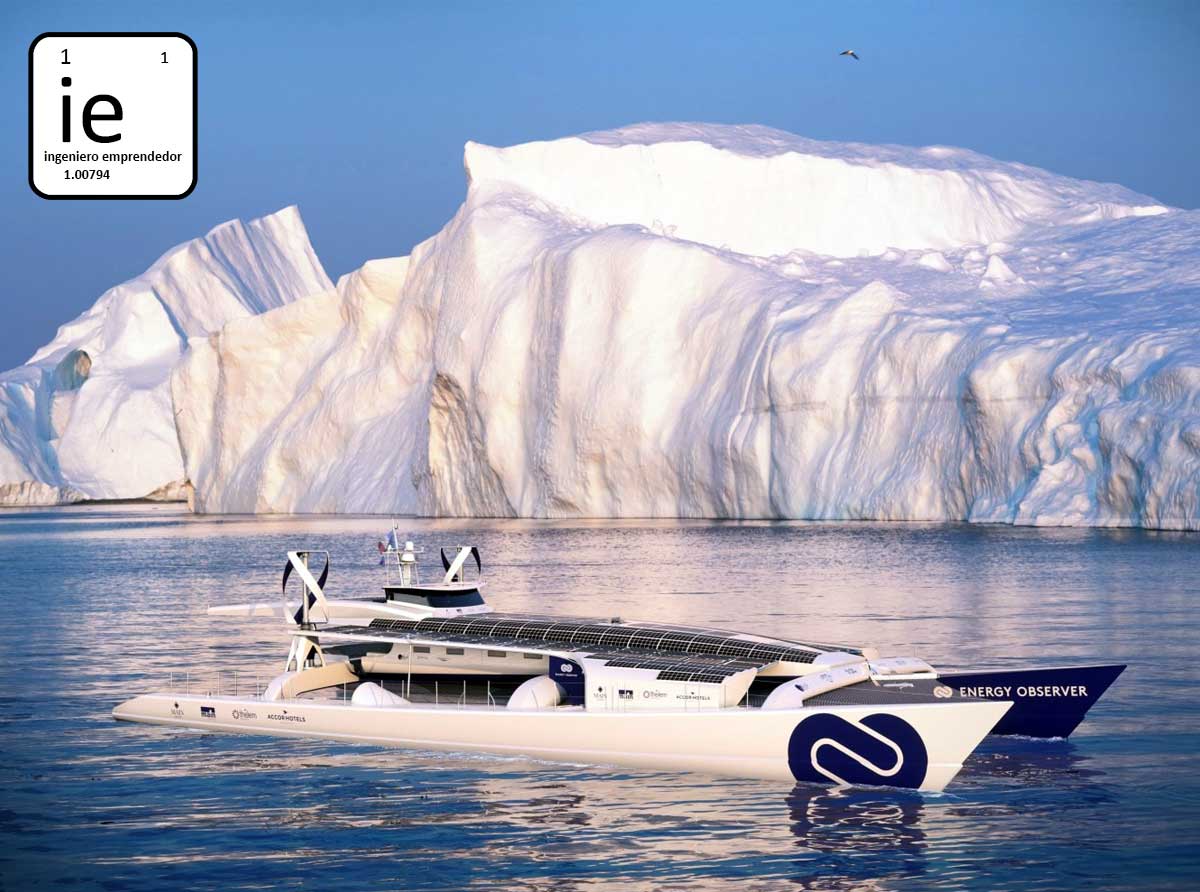
The world’s first hydrogen-powered sailing ship:
I think humans have never sailed on a ship like Energy Observer, This $ 5.25-million-dollar ship is now in a French shipyard before heading to Paris for the first of the 101 stops in 50 countries.
The ship in question was one of the sailboats destined to the races, now equipped with solar panels and all the necessary machinery to move independently and with zero emissions.
Solar energy joins hydrogen and other renewable energies to charge their batteries, the real charge to start their electric motors.
The design of the boat:
This fantastic boat was designed in 1983 and built in Canada by the naval architect Nigel Irens, under the supervision of the explorer Mike Birch, is the maxi-catamaran that has definitively marked the evolution of the multihulls.
This fantastic boat was designed in 1983 and built in Canada by the naval architect Nigel Irens, under the supervision of the explorer Mike Birch, is the maxi-catamaran that has definitively marked the evolution of the multihulls.
The 100-foot boat had a successful race in open sea racing. The Energy Observation project was devised in 2015 by Frédéric patrons Dahirel and Victorien Erussard, with diver and director Jérôme Delafosse also behind the project.
Declarations of the project designers:
“I’m passionate about new technologies,” Erussard said. “Building a self-sufficient boat may have looked sub subrealistic, but this is going to be an incredible ship. It’s very promising for the future.”
“It is an important step forward and consistent with this proposed 100 percent clean, worldwide path of renewable energy for all purposes of resolving energy security, job creation, air pollution and climate problems “Said Mark Z. Jacobson.
Boat Equipment:
This giant and expensive catamaran is a true floating laboratory based on clean energy and is inspired by the plane ‘Solar Impulse 2’, the first was to disburse 500,000 euros for the legendary catamaran and the second, redesign it and complete various remodeling and improvement work.
The essential phase of remodeling has been carried out in Saint-Malo with the aim of getting ready to face the Vuelta al Mundo, which is due to be completed in January 2017. Since 2015 a team of 30 people composed of architects, designers and engineers Between Saint-Malo, Paris, Grenoble and Chambéry, work on the reconditioning of the prototype.
A new cockpit and various power equipment have already been installed, including those developed by CEA-Liten (Laboratory of Innovation of New Technologies and New Energies and nanomaterials).
It is very interesting to know that the process used to produce hydrogen is electrolysis, converting sea water into hydrogen fuel using for energy purposes. The power of this element is proven by its presence in the so-called H-bombs, the most powerful and destructive ever made by mankind.
The boat tour:
The planned expeditions between 2017 and 2022 will have numerous scales: maritime capitals, historic ports, nature reserves, threatened ecosystems and major international events. From the Mediterranean to northern Europe, across America, Asia and Oceania, the adventure will be shared in 50 countries by personalities from the world of science, culture or the media.
In the program, the evaluation of the technologies integrated in the boat; Support for concrete solutions that accompany the energy transition; Raising the awareness of the general public, local authorities and businesses.
The key partners of the boat:
This project is supported by UNESCO to carry out its mission of promoting renewable energies and raising awareness of the challenges of the energy transition. Throughout its six-year world tour, the catamaran will have the support of the institution and its representatives in various areas (promotion of renewable energies, scientific collaboration, dissemination of educational content …)
The precedents of Spain:
If we think of Spain, this project is very reminiscent of the one presented by the Spanish navigator Bubi Sansó to compete in the Vendée Globe of 2012, the regatta around the world in solitary and non-stop. His ship, the Acciona, also carried on hydrogen batteries, electric motor, photovoltaic panels, hydrogenerators and wind turbines.
Obviously, the Spanish sailboat was supposed to be propelled by the wind, but it was the first time that it was tried to complete a round the world without consuming a drop of fossil fuel.
The challenge of the Mallorcan regattista shattered when they only had a few days to return to the port of Les Sables d’Olonne and after getting out of the most remote and dangerous waters of the planet.
In the Atlantic, 500 miles west of Madeira and 360 miles south of the islands of San Miguel, the Acciona lost its keel and ended up overturning. Sansó was able to take out the life raft, where he had to wait 12 hours to be rescued.
In spite of the dramatic incident, the Acciona became the first boat powered by renewable energy (wind, hydrodynamic and solar energy) that went around the world without scaling, because days before the accident crossed the same point where it happened Weeks earlier in its descent towards the South, which had already circumnavigated the world after a theoretical journey of 20,200 miles (37,431 km).
You can know more about this boat on line, click here
